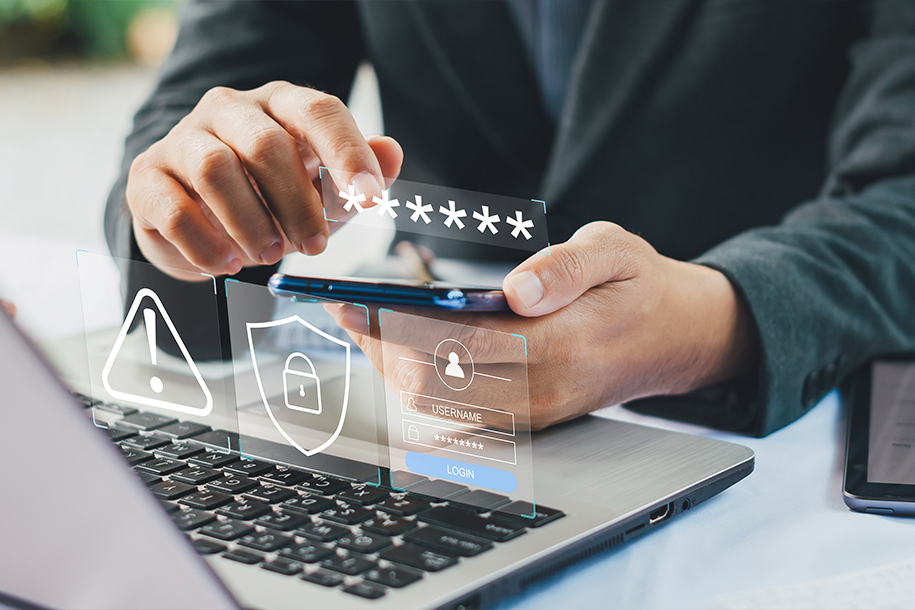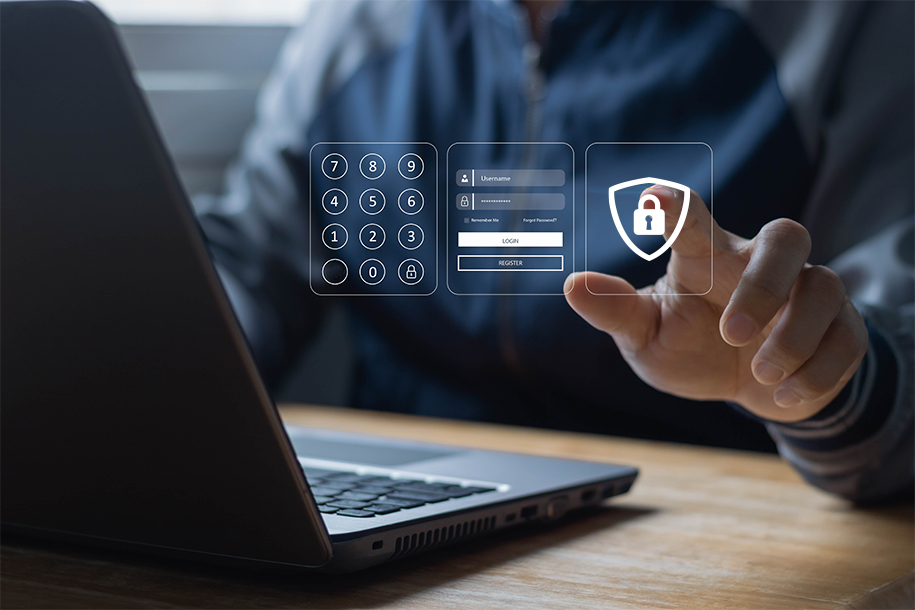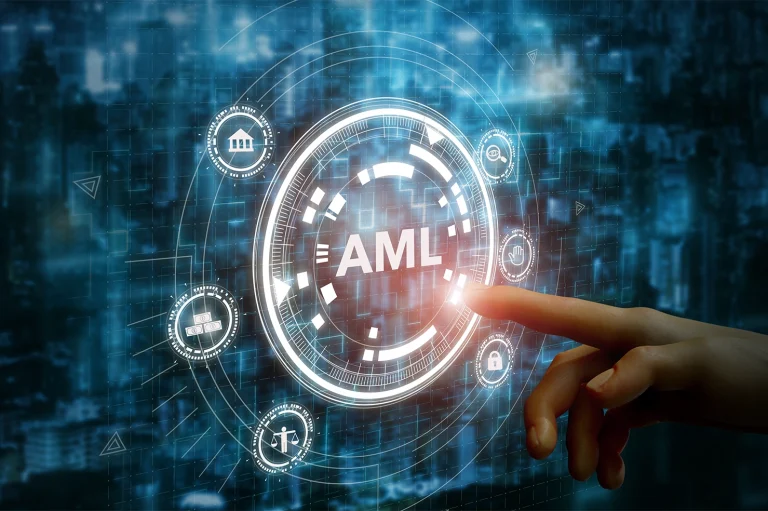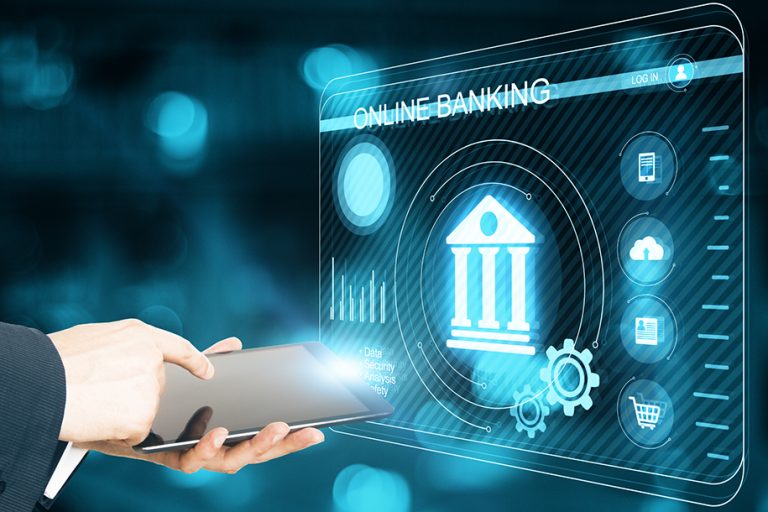Customer authentication is a core component of any secure online experience. Every time you log in to a banking application, buy goods from an online store, or access sensitive data on a corporate network, you’re engaging with an authentication process. While the methods of authentication can vary, the goal remains the same: ensuring that the person attempting to log in is indeed who they claim to be.
Authentication mechanisms protect businesses and consumers from cyber threats, unauthorized access, and fraud. The stronger these mechanisms are, the more secure the overall ecosystem becomes.
Businesses and consumers depend on authentication mechanisms to keep them secure against cyberattacks, unauthorized access, and fraud. The more robust these mechanisms are, the more secure the entire ecosystem will be. That said, there is a balance to be struck between security and user experience-a secure and frictionless experience is often the hardest challenge. This is where Strong Customer Authentication, regulatory requirements, and innovative solutions like Enqura Fintech Five become essential.
Strong Customer Authentication
Strong Customer Authentication (SCA) refers to a set of security guidelines designed to reduce fraud and increase the security of online payments and transactions. SCA often involves using at least two independent elements from the following categories:
Knowledge: Something the user knows (e.g., a password, PIN, or security question).
Possession: Something the user has (e.g., a smartphone, security key, or one-time passcode).
Inherence: Something the user is (e.g., biometric data such as a fingerprint or facial recognition).
When at least two distinct factors are used—like a password (knowledge) and a fingerprint (inherence)—the risk of fraudulent activities diminishes significantly. If one factor is compromised (for instance, a password is leaked), the second factor (the user’s unique biometric trait) should still protect the account.
SCA is widely recognized in various global regulations, especially in the context of payment services. Within Europe, the Revised Payment Services Directive (PSD2) enforces SCA to make digital payments more secure. Other regions worldwide are implementing similar frameworks to bolster consumer protection.

Requirements for Authentication (and Benefits of Enqura Fintech Five)
To implement effective authentication, businesses must meet certain requirements that ensure the process is robust yet user-friendly. Here are the primary requirements:
Security: The system must guard against common and advanced cyber threats. This includes encryption, secure communication channels, and protective measures against brute force attempts or phishing.
Compliance: Depending on the jurisdiction and industry, organizations must adhere to regulatory standards. For example, financial institutions face stringent requirements like PSD2 in Europe, HIPAA for healthcare in the United States, and similar mandates worldwide.
Scalability: As user bases grow or technology evolves, the authentication solution should adapt accordingly. Maintaining system performance and reliability at scale is critical for a seamless user experience.
User Experience: While security is paramount, if an authentication process is too cumbersome, users may abandon the service or look for workarounds. Balancing security with convenience is essential.
Enqura Fintech Five’s EnSecure product offering strong authentication is an example of a solution designed to address these critical requirements. EnSecure ensures that businesses can offer secure access without compromising usability. Key benefits of EnSecure for strong authentication include:
Multi-Factor Support: Incorporates knowledge, possession, and inherence factors through customizable modules.
Regulatory Compliance: Aligns with region-specific mandates and standards, giving organizations a head start on meeting policy requirements.
Scalability and Flexibility: Enables businesses to deploy the platform across various digital channels (web, mobile, desktop) and adapt quickly to new threats or changes in user behavior.
Seamless User Journey: Offers a frictionless authentication flow, minimizing extra steps while maintaining robust security measures.
An authentication process generally follows a clear sequence of operations from start to finish. While specific steps can vary depending on the authentication method and technology in use, the following outlines a typical flow:
User Initiation:
The process begins when a user attempts to access a protected service or resource. This could be a login page on a website, the launch of a mobile app, or a secure file-sharing platform.
Credentials Submission:
The user is prompted to supply their credentials, which might be a username/password combination, biometric input, or a one-time passcode. In SCA scenarios, multiple factors may be requested at this point (e.g., entering a password and providing a fingerprint scan).
Transmission of Data:
The credentials are transmitted securely to the authentication server or identity provider. This communication often employs encryption protocols such as TLS (Transport Layer Security) to protect the data in transit.
Verification and Validation:
On the backend, the system validates the submitted credentials against a database or identity management platform. If multiple factors are used, each must be independently verified. For instance, after the password is verified, the fingerprint must be checked against stored biometric data.
Risk Assessment (Optional):
In advanced systems, there may be a risk analysis step. The system could use machine learning or risk-based authentication to evaluate if the login request is normal or suspicious. Factors include IP address reputation, device fingerprint, time of login, and geolocation.
Authorization or Denial:
If the submitted credentials match and there are no red flags, access is granted. Otherwise, the system denies the request or triggers additional verification steps, such as sending a prompt to the user’s registered mobile device for confirmation.
Post-Login Monitoring:
Even after successful authentication, continuous session monitoring may be employed. If any abnormal behavior is detected—such as rapid transactions or unusual data requests—the system may lock out the session or require a step-up authentication (an extra verification prompt).
By following these sequential steps, organizations ensure that they comprehensively authenticate users in a manner aligned with security best practices.

Types of Customer Authentication Methods
There are several authentication methods that organizations use, each with its own set of advantages and potential limitations. These can typically be broken down into four main categories:
Knowledge-Based Methods
- Passwords and PINs: The most traditional form of authentication, relying on something the user knows.
- Security Questions: Often used for account recovery or additional verification, though these can be vulnerable to social engineering or data leaks.
Possession-Based Methods
- SMS One-Time Passwords (OTP): A code sent to the user’s mobile device. While common, SMS can sometimes be intercepted or compromised via SIM swapping.
- Hardware Tokens or Security Keys: Physical devices that generate one-time codes or leverage security protocols. They provide a higher level of assurance but can be lost or damaged.
Inherence-Based Methods (Biometrics)
- Fingerprint Scans: Fingerprints are unique to each individual, making them a strong form of authentication.
- Facial Recognition and Iris Scans: These use facial features or iris patterns to authenticate the user—convenient for mobile devices.
- Voice Recognition: Authenticating by analyzing unique voice patterns, though external noise can sometimes affect accuracy.
Adaptive/Risk-Based Authentication
- Contextual Factors: Analyzes device, location, or time of access. If the context seems risky, users may be prompted for additional verification.
- Behavioral Biometrics: Looks at typing speed, mouse movements, or how a user interacts with their device. This method passively authenticates users behind the scenes without additional steps, offering low friction for legitimate users.
Often, multi-factor authentication (MFA) combines elements from two or more of these categories (e.g., a password plus biometric), thereby significantly increasing security.
Customer authentication is a critical pillar of digital security and user trust. By leveraging Strong Customer Authentication, compliance with evolving standards, and robust solutions like EnSecure, organizations can create a safe and seamless experience for their users. Whether you deploy knowledge-based, possession-based, or inherence-based methods—or all of the above—ensuring the right balance of user convenience and heightened security is vital. As threats continue to evolve, a forward-thinking approach to authentication will remain one of the best defenses against fraud and unauthorized access.
EnSecure provides seamless user experiences while ensuring compliance with the latest regulations. With EnSecure, business can confidently safeguard user data and prevent fraud, ensuring trust in every transaction.



